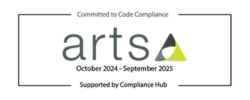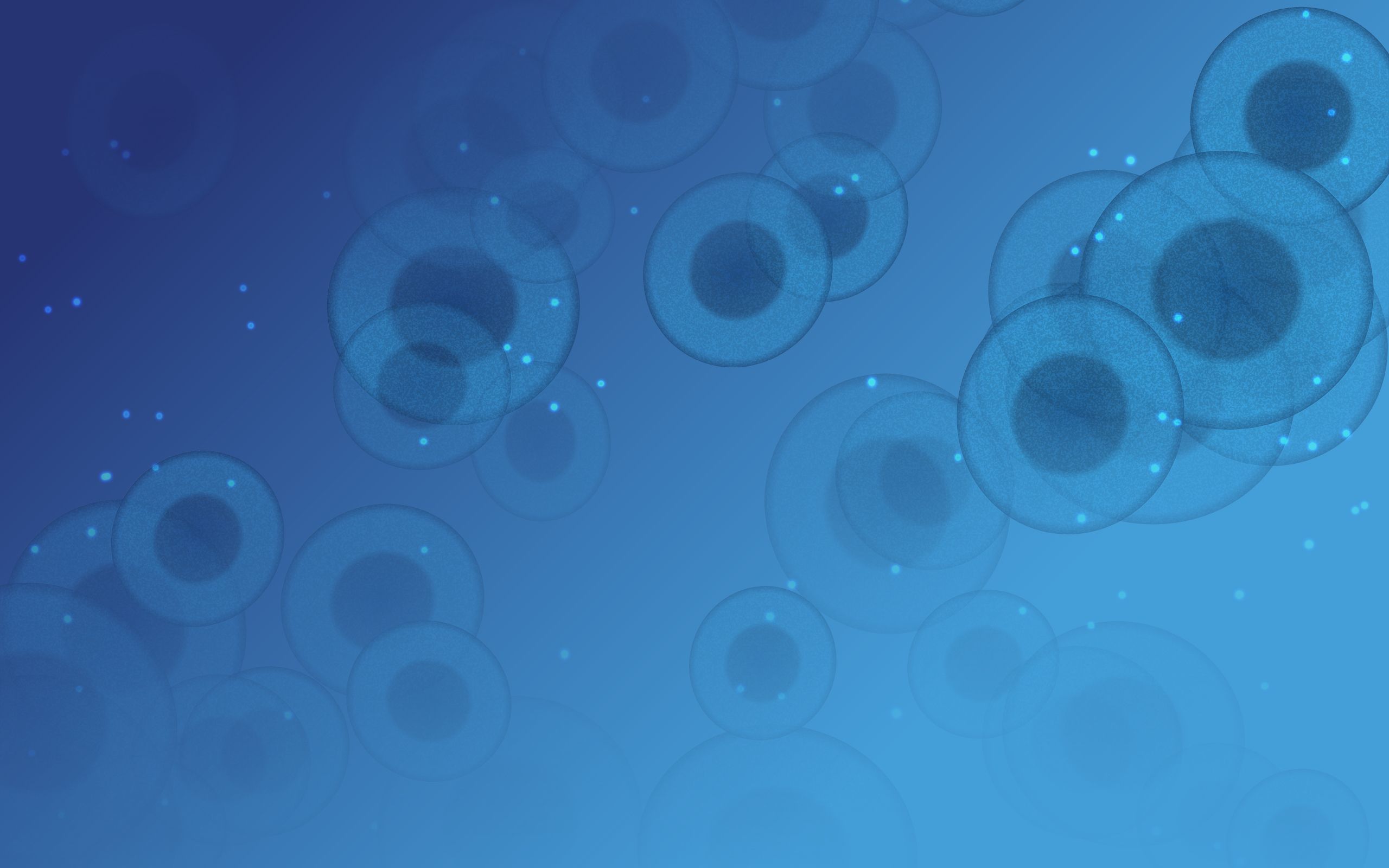Study reveals revolutionary wound treatment
A study led by researchers from the University of Sheffield and University of South Australia, has revealed an exciting development for diabetes patients. The study focused on the treatment of diabetic foot ulcers using a wound dressing which is activated by an ionised gas, finding this new method to be an effective treatment for severe wounds without the need for antibiotics.
The innovative treatment involves the plasma activation of hydrogel dressings alongside a mix of oxidants that decontaminate and aid healing in chronic wounds. This form of treatment using cold plasma ionised gas has already shown benefits in clinical trials, proving to control not only infection but also stimulate healing. While the focus of the study was the treatment of diabetic foot ulcers, the dressing technique could be used to treat other wounds, including internal infections.
The study attributes the effectiveness of the treatment to the potent chemical cocktail of oxidants, namely the reactive oxygen and nitrogen species (RONS) it produces when it mixes and activates the oxygen and nitrogen molecules in the ambient air. It highlights how using RONS in plasma activating hydrogel dressings increases the power of the gel and eradicates bacteria.
Professor Rob Short, Professor of Chemistry at the University of Sheffield and co-author of the study, highlighted the importance and timeliness of this innovation in the treatment of chronic wounds for diabetic patients: "More than 540 million people are living with diabetes worldwide, of which 30% will develop a foot ulcer during their lifetime. This is a neglected global pandemic which is set to increase further in the coming years due to a rise in obesity and lack of exercise.”
"In England alone between 60,000 and 75,000 people are being treated for diabetic foot ulcers per week. Infection is one of the major risks. Increasingly, many infections do not respond to normal antibiotic treatment due to resistant bacteria which results in 7,000 amputations per year.”
"There is an urgent need for innovation in wound management and treatment and it is a real privilege to be part of the international team who have been working on this alternative treatment for over 10 years."
Echoing this sentiment, co-author Dr Endre Szili from the University of South Australia, reflected on the importance of finding alternative treatments to antibiotics and silver dressing for diabetic patients: “Antibiotics and silver dressings are commonly used to treat chronic wounds, but both have drawbacks.”
“Growing resistance to antibiotics is a global challenge and there are also major concerns over silver-induced toxicity. In Europe, silver dressings are being phased out for this reason.”
“Chronic wound infections are a silent pandemic threatening to become a global healthcare crisis. It is imperative that we find alternative treatments to antibiotics and silver dressings because when these treatments don’t work, amputations often occur.”
"A major advantage of our PAHT technology is that it can be used for treating all wounds. It is an environmentally safe treatment that uses the natural components in air and water to make its active ingredients, which degrade to non-toxic and biocompatible components."
"The active ingredients could be delivered over a lengthy period, improving treatment, with a better chance of penetrating a tumour.”
"Plasma has massive potential in the medical world, and this is just the tip of the iceberg."
You can read the full study here: https://onlinelibrary.wiley.com/doi/10.1002/adfm.202314345



)
)
)
)

)
)
.jpg/fit-in/1280x9999/filters:no_upscale())
.png/fit-in/1280x9999/filters:no_upscale())
)
)
)
